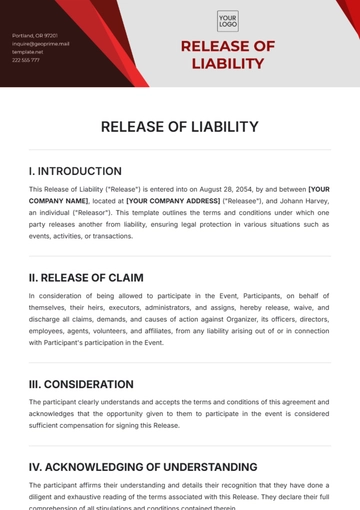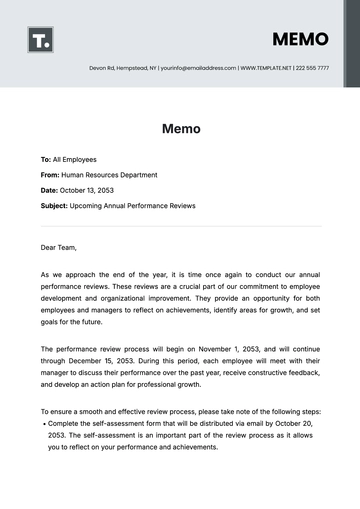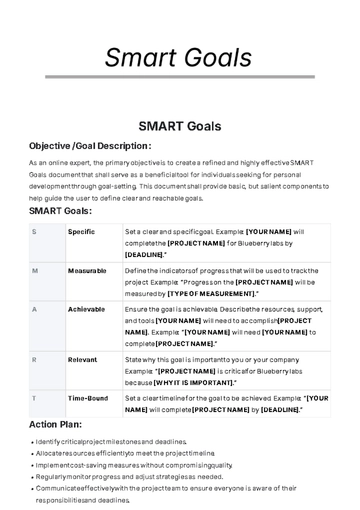Immersive Ethnography
Prepared By: [YOUR NAME]
Date: [DATE]
I. Introduction
This Immersive Ethnography explores the dynamics of urban community gardens in a major metropolitan area. The purpose of this study is to understand how these gardens contribute to community building, food security, and environmental sustainability. Through immersive research methods, the study focuses on the daily interactions among gardeners, the management of the gardens, and the overall impact on the surrounding urban environment.
II. Methodology
This research employed an immersive ethnographic approach, embedding the researcher in the daily life of urban community gardens over six months. This approach provided deep insights into the social dynamics, challenges, and successes within these spaces. Methods included:
Semi-Structured Interviews: In-depth interviews were conducted with garden participants, organizers, and residents, yielding rich qualitative data on their experiences and the gardens' impact on the community.
Field Notes: Detailed field notes were taken during each visit, capturing observations, conversations, and the broader context of garden life, documenting the subtleties of social interactions and the gardens' evolution.
III. Contextual Background
The city in focus has a diverse population and a growing interest in sustainable living. Community gardens have emerged as key spaces for local engagement, providing fresh produce and fostering social connections. The gardens vary in size and structure, are managed by different community groups, and are often supported by local government initiatives.
IV. Findings
Environmental Impact: Gardens contribute to urban greening, improve local biodiversity, and offer educational opportunities about sustainable practices. They also help mitigate the urban heat island effect.
Challenges: Common issues include limited funding, seasonal variability, and occasional conflicts among garden members. These challenges are addressed through community meetings and collaborative problem-solving.
V. Analysis
The findings from this immersive ethnography reveal that urban community gardens are integral to the city’s social and environmental fabric, serving as more than just spaces for growing food.
Urban Resilience: The gardens contribute to urban resilience by improving air quality, supporting biodiversity, and mitigating the urban heat island effect, making the city more adaptable to environmental changes.
However, sustaining these benefits requires addressing key challenges:
VI. Conclusion
Urban community gardens play a crucial role in fostering community spirit, improving food security, and contributing to environmental sustainability. To maximize their impact, it is essential to address the challenges faced by garden participants and maintain robust support systems. Future research should explore long-term impacts and strategies for scaling successful garden models to other urban areas.
VII. References
Brown, A., & Green, M. (2052). Sustainable Practices in Urban Agriculture. City Sustainability Publications.






























